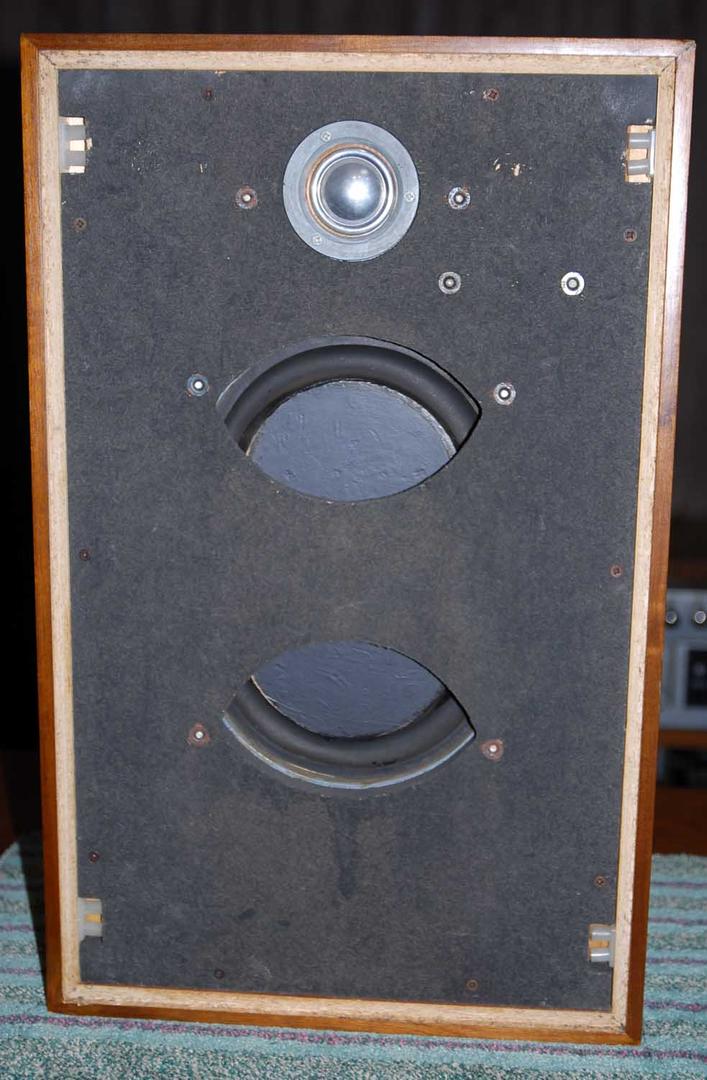The JBL EON615 from their pro line uses a very interesting "waveguide" over the woofer, presumably to handle the on-axis beaming at higher frequencies for such a large driver. Directivity charts aren't included, but they list the coverage at 110 degrees. Looking at directivity charts for other 2-way 15" pro sound applications on the JBL site, there's the predictable narrowing before the woofer hands over to the hf driver.

Anyone have experience with this unit or something similar? Would it result in resonances that are unacceptable in a hi-fi situation but are fine for pro-audio and inaudible at those higher spl levels?
Anyone have experience with this unit or something similar? Would it result in resonances that are unacceptable in a hi-fi situation but are fine for pro-audio and inaudible at those higher spl levels?




